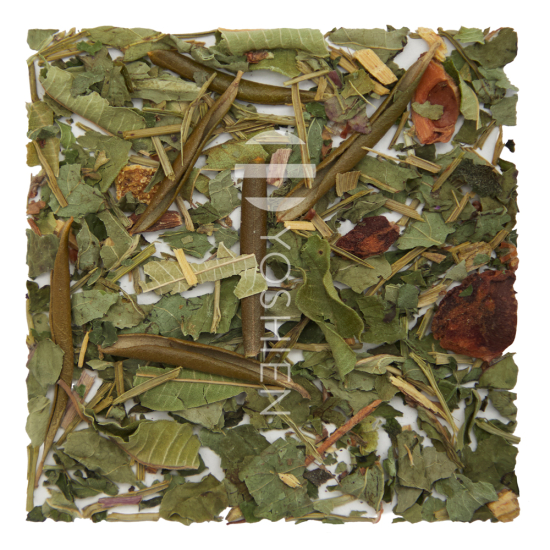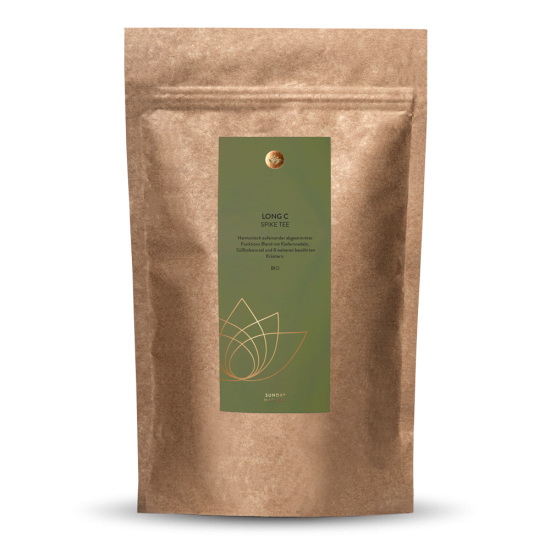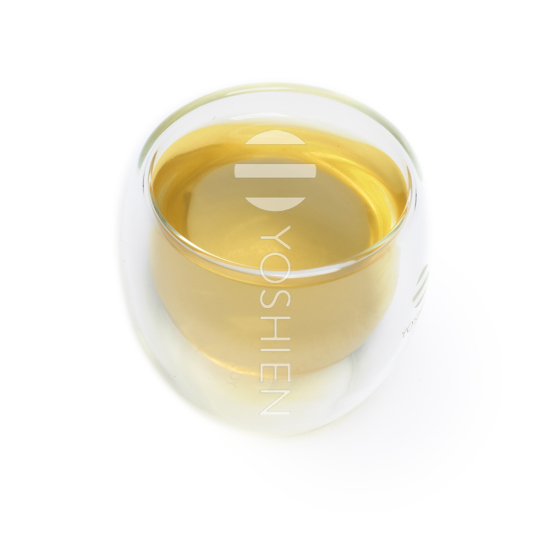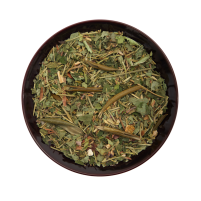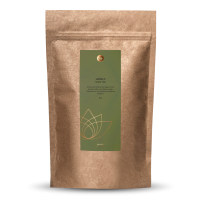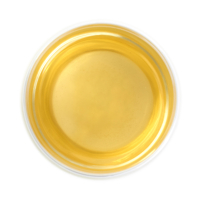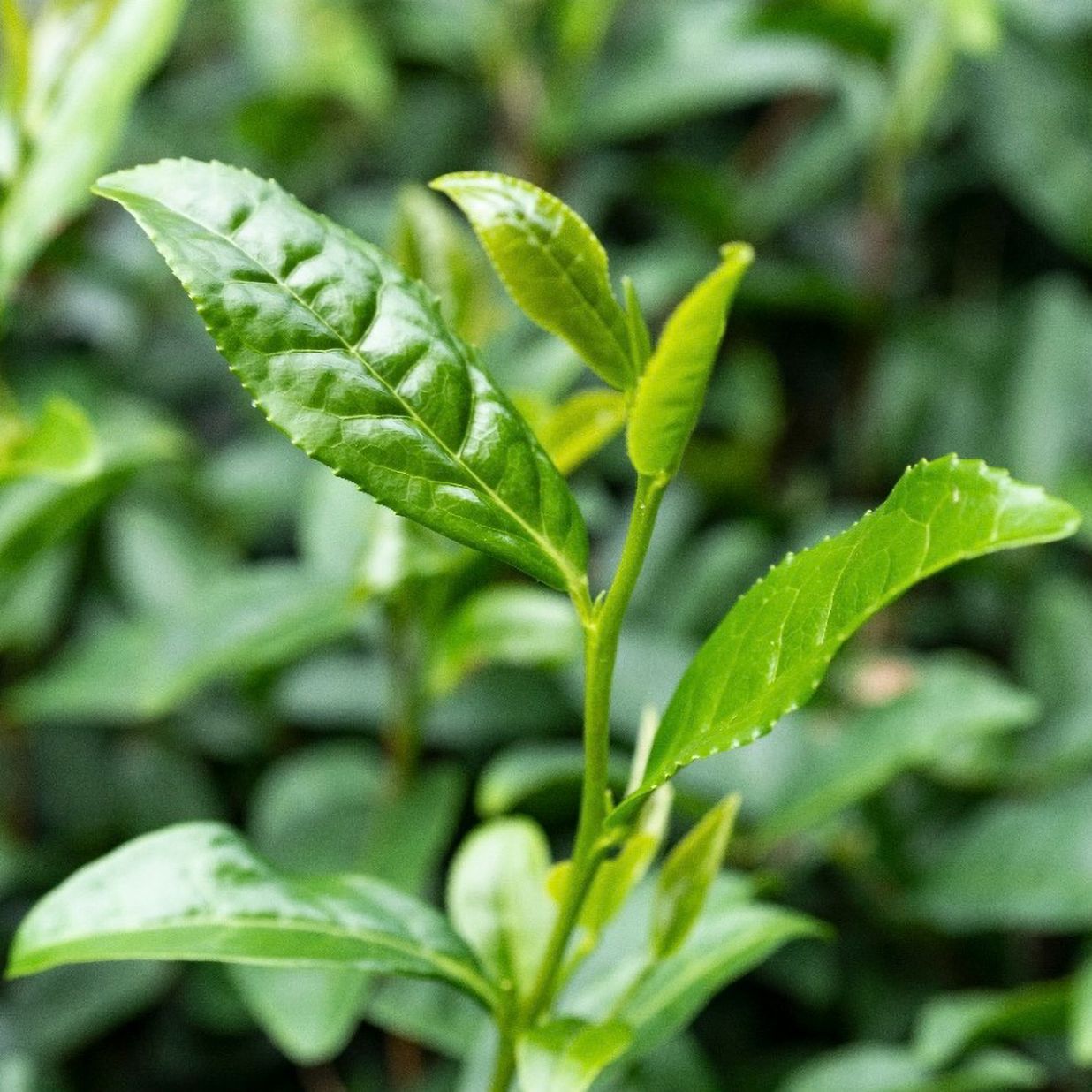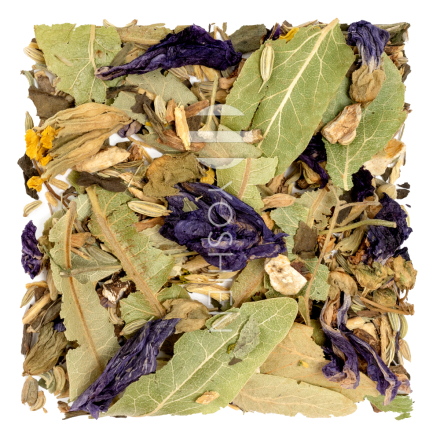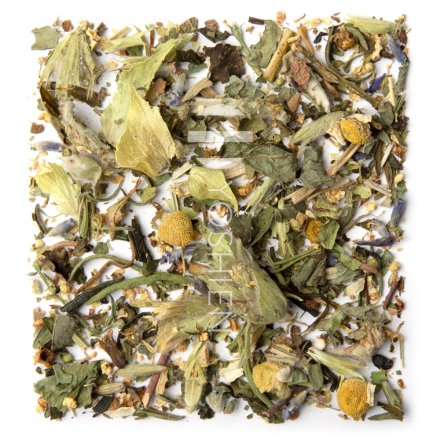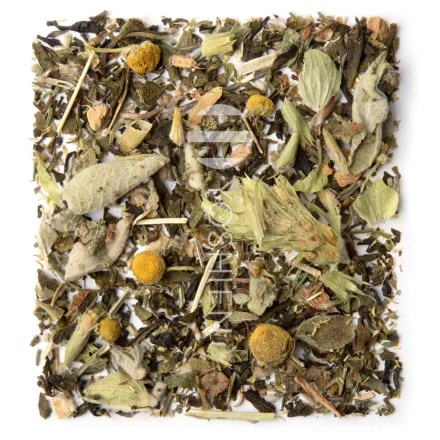LEMON BALM
Lemon balm (Melissa officinalis) is originally a plant from southern Europe. Like many herbs from warmer regions, it was first cultivated in monastery gardens before spreading across Europe. Due to its versatile uses, it quickly became a popular aromatic herb throughout Europe. This perennial plant begins to sprout from the ground in March and can grow up to 70 cm tall by July, easily recognisable by its distinctive scent.
DANDELION
Dandelion (Taraxacum officinale) has been recognised in herbal medicine since ancient times. Its active compounds are found in nearly all parts of the plant, though they are most concentrated in the roots. Among its most important bioactive compounds are bitter substances, particularly sesquiterpene lactones, a unique class of compounds primarily found in the Asteraceae family. Dandelions produce these substances both as a defence mechanism against herbivores and as plant hormones. Due to their high bioactivity, they are of significant interest in research. Key bitter compounds in dandelion include tetrahydroiridentin B, ainslioside, and taraxacin. Additionally, dandelion is rich in the triterpene taraxasterol, which is associated with numerous beneficial properties. Other valuable components include sterols such as sitosterol, coumarins, flavonoids, choline, B vitamins, vitamin A, potassium, and inulin.
LIQUORICE
The liquorice root (Glycyrrhiza glabra) has long been valued by humans. In ancient Egypt, liquorice was consumed as a tea, and in ancient Rome, the first liquorice sticks were made. It was also popular in the Middle Ages – Napoleon Bonaparte is said to have always carried liquorice with him. Native to Western Asia and the Mediterranean region, this perennial plant can grow up to 150 cm tall. Only the roots are harvested, and this is typically done in autumn.
OLIVE LEAF
Cultivated for thousands of years, the olive tree (Olea europaea) holds a special place in local botany. Its leaves are rich in phenolic compounds and are often used internally as tea. The wild olive is primarily native to the warmer regions of Southern Europe, the Middle East, and South Africa.
STAR ANISE
Star anise (Illicium verum) is native to China and Vietnam. It thrives in light, sandy, slightly acidic soils and prefers partial shade or sunny locations. Star anise trees, with their evergreen leaves, can grow up to 18 metres tall. From March to May, they produce yellowish flowers with numerous petals. The characteristic star-shaped seeds ripen in October. In tea blends, star anise is not only a flavourful addition but can also have beneficial effects on the respiratory and digestive systems.
THYME
Thyme (Thymus vulgaris) has been valued for its revitalising properties since ancient times. In the Middle Ages, a sprig of thyme was considered a symbol of courage and strength. It was also commonly burned as incense in ceremonies to honour the gods. Thyme has been used for a wide range of applications in traditional medicine and remains popular to this day, particularly in Mediterranean cuisine.
VERBENA
Verbena goes by numerous names, such as lemon verbena or vervain. It is native to Argentina, Uruguay, and Chile, and was introduced to Europe in the 18th century. As a perennial plant, verbena thrives best in nutrient-rich, well-drained sandy soil with plenty of sunlight in a sheltered location.
BITTER ORANGE PEEL
Bitter oranges (Citrus aurantium) are, botanically speaking, actually berries, even though they resemble oversized mandarins. Originally from Southeast Asia, the fruit arrived in Southern Europe around 1,000 years ago, where it found an ideal new home. Its leaves are evergreen, whereas the bitter orange variety Poncirus trifoliata turns yellow in autumn. The uses of bitter oranges are diverse, with historical records from European monasteries describing a wide variety of applications and preservation methods. Known for its vibrant, citrus scent, it continues to captivate the senses throughout the ages.
LEMON OIL
The lemon (Citrus × limon), like many other tropical fruits, originally came from India. The first reliable records of its cultivation in Europe and Asia Minor date back 1,000 years. As a staple of royal orangeries, this beautiful tree is unique for bearing both fruit and blossoms at the same time. Historically, its juice saved the lives of many sailors by preventing scurvy. The essential oil, extracted from the peel, has an invigorating aroma and repels pests such as mosquitoes.



